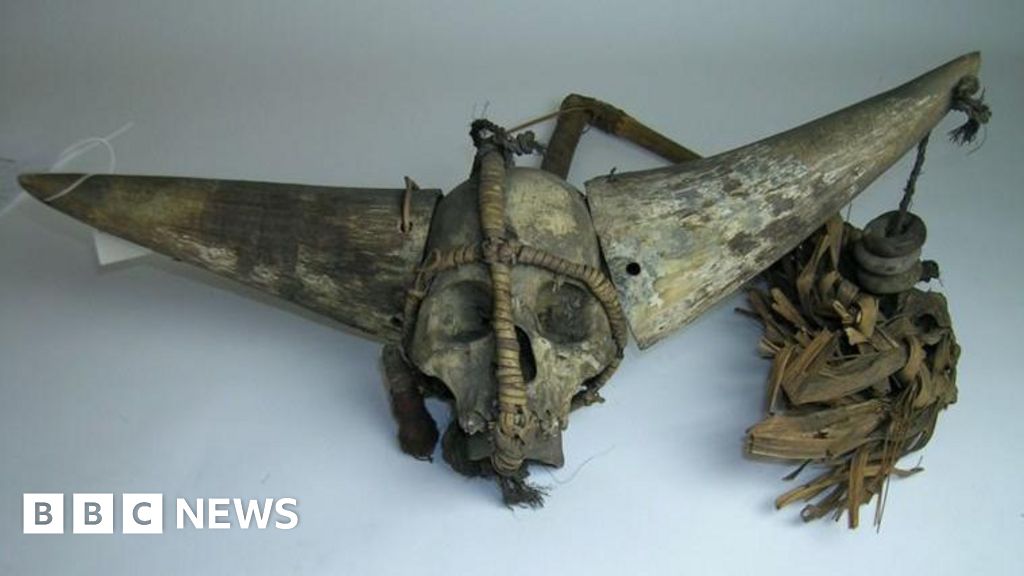As part of an ethical review, the museum removed Naga skulls from public display in 2020 and placed them in storage. This is when FNR demanded their repatriation, external for the first time.
The museum said it was yet to receive a formal claim from Naga descendants and the processes to return human remains “can take between 18 months and several years, depending on the complexity of the case”.
Repatriating human remains is more complicated than returning artefacts. It requires extensive research to determine whether the items were collected ethically, to identify descendants and to navigate complex international regulations on movement of human remains.
The Naga forum has formed a group called Recover, Restore and Decolonise under anthropologists Dolly Kikon and Arkotong Longkumer to facilitate returns.
“It is a bit like detective work,” Longkumer said. “We have to sift through different layers of information and try to read between the lines to actually find out about the exact nature of the collections and where they are from.”
But for the Naga people, this process is not merely logistical. “We are dealing with human remains,” said Konyak. “It’s an international and legal process, but it’s also a spiritual one for us.”
The group has been travelling to villages, meeting Naga elders, organising lectures and distributing educational materials such as comic books and videos to spread awareness.
They are also trying to build consensus around subjects such as the last rites of repatriated remains. Most Nagas now follow Christianity, but their ancestors were animists who followed different birth and death rituals.
(Except for the headline, this story has not been edited by PostX News and is published from a syndicated feed.)

